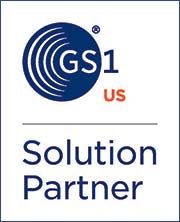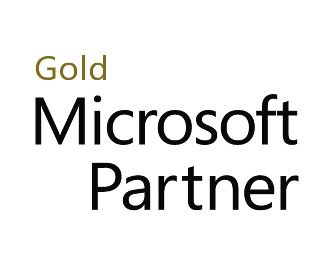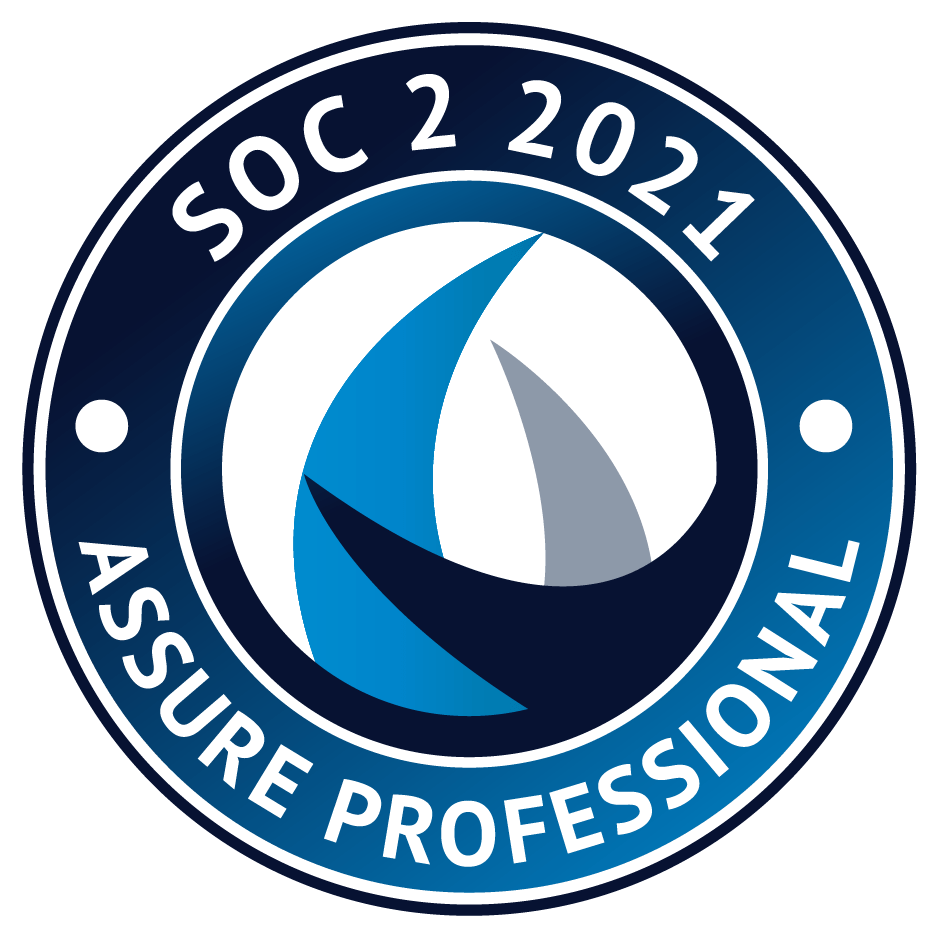Over the past few years, businesses have rapidly adopted RFID (Radio Frequency Identification) technology as an advanced method of data collection. But those still using barcode labels are not to worry – RFID tags aren’t going to replace them anytime soon.
In fact, many businesses are still faithfully using barcode technology as the backbone of their operations – and some are even using both technologies together. It’s important to understand that the technology is more ideal in some business cultures than others.
The main difference
Barcode labels are scanned by collecting laser light reflections. Doing so provides inventory information such as item category and manufacturer. Users must point the barcode reader directly at the label in order to read it. RFID readers recognize the identification AND location of an object (whether it’s an inventory item or an asset) through low-power radio waves. Users do not have to be in close proximity to the object to read its RFID tag; they simply have to be within the read range.
So, which is a better fit for your business? Whatever your budget or business scope, it is important to consider the key differences between the two technologies in order to determine if and where they fit into your workflow.
Consider the following questions:
What is the size and scope of your warehouse? Is it realistic for your employees to collect data within line of sight?
As mentioned, to read a barcode label, employees must operate and position a barcode scanner within the line of sight of an item. For businesses with large warehouses or inventories, this could be a long and drawn-out process. It would take a considerable amount of time and manpower to scan each item in a large inventory using barcode technology, as employees would have to move from item to item, scanning them individually. RFID tags can be read from further away – from anywhere within the tag’s read range – and more than one tag can be read at once. This capability is especially helpful in the shipping and handling of pallets – workers can read data for the entire pallet rather than reading each item one at a time.

Does your work environment have harsh conditions?
In other words, do your inventory items or assets come into contact with extreme temperatures, sharp objects, water, moisture, dirt or dust?Your work environment is an important factor when considering barcode or RFID technology. Damaged barcode labels may produce “bad reads” and need to be reprinted, which can get expensive if it is a frequent occurrence. Barcode labels can be damaged, ripped or peeled off, especially when they come into contact with these conditions. RFID tags are more rugged – they can be protected in plastic coverings that are implanted in the item itself.
How much security does your business need? How sensitive is your information?
If your building or information requires more security than the average business, RFID technology can be leveraged for advanced protection. Unlike barcode technology, RFID can trigger door openings, alarms and other events, as well as track the movement and location of your tools, vehicles, employees and items. Also, your sensitive business data will be more secure because  tags are much more difficult to replicate than barcode labels – not to mention, data can be encrypted, password-protected or remotely removed.
tags are much more difficult to replicate than barcode labels – not to mention, data can be encrypted, password-protected or remotely removed.
Are you in the food and beverage industry?
Although barcode labels are sufficient, RFID technology is especially beneficial to the food and beverage industries. Standard barcode labels identify manufacturers and products, but do not identify unique expiration or manufacture dates. RFID tags can store this unique data, allowing businesses to improve their reporting capabilities and keep in compliance with the latest safety regulations.
While RFID technology may be considered “overkill” in some applications, it is ideal in especially harsh or sensitive environments. That’s why it’s important to consider these questions before making a decision. The right solution should ensure maximum value and minimum disruption. Businesses can look to an experienced integration or technology consultant for help in evaluating their environment and determining whether or not there is a need for RFID.





